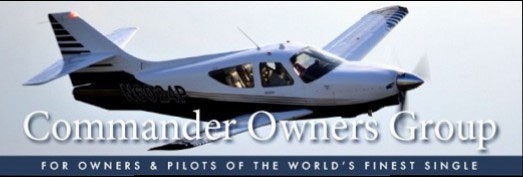Tintin
New member
- Aircraft Year
- 1958
- Aircraft Type
- Other
- Reg Number
- N865SA
- Serial Number
- 599
The RCM Normalizing is approved in all european countries. After nearly two years of paperwork back and forth between Robin Miley, EASA authorities and myself, we finally got the EASA STC approval. For the time being I have the only modified aircraft in Europe, but the modification is now approved.
FAA STC No: FAA STC SE5203NM = EASA STC No: EASA.IM.E.S.01014
FAA STC No: FAA STC SA5202NM = EASA STC No: EASA.IM.A.S.02045
Once again I want to thank Robin for the excellent cooperation he showed thoughout the certification prosess.
FAA STC No: FAA STC SE5203NM = EASA STC No: EASA.IM.E.S.01014
FAA STC No: FAA STC SA5202NM = EASA STC No: EASA.IM.A.S.02045
Once again I want to thank Robin for the excellent cooperation he showed thoughout the certification prosess.
